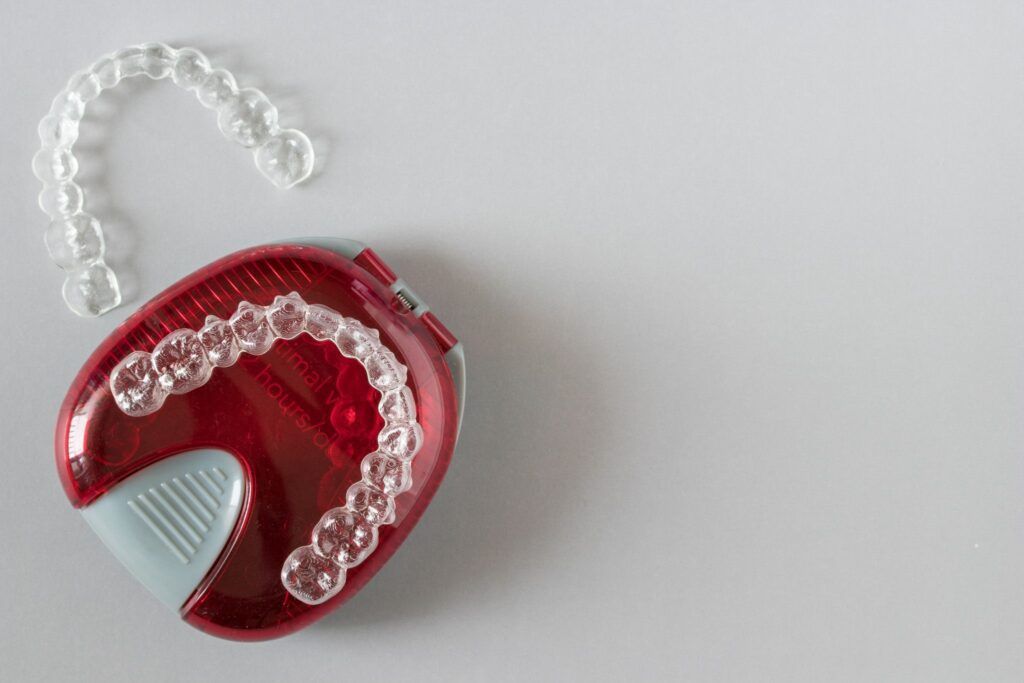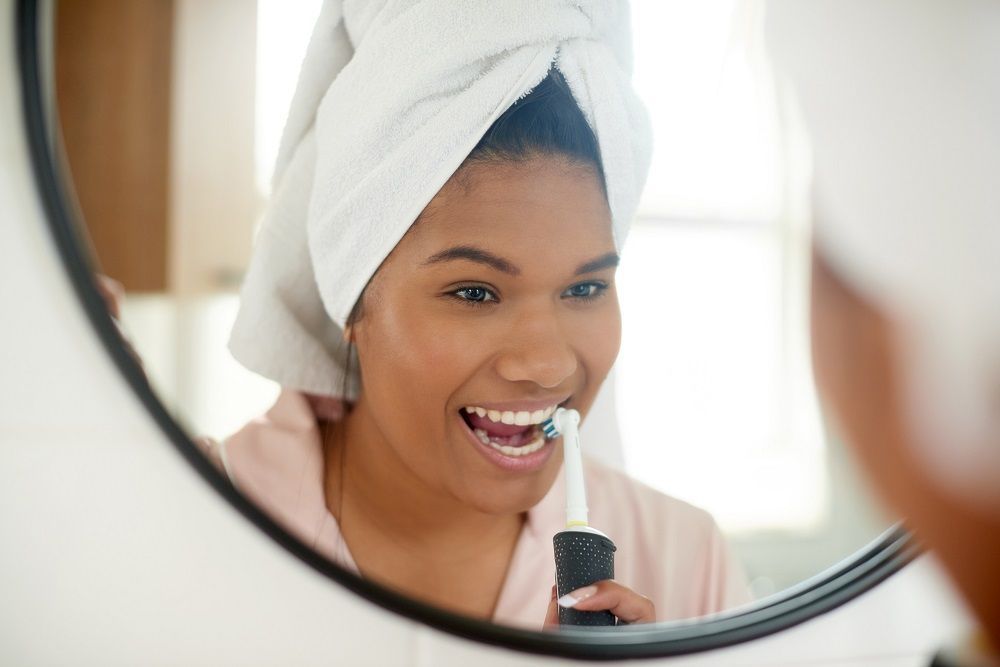How to Floss Properly
Even though you may already be brushing twice daily as recommended by Glyndon dentist Dr. Leah Romay and dentists worldwide, you may not be doing enough to prevent tooth decay and gum disease. Although brushing is certainly an important part of your oral hygiene regimen, flossing is equally important to maintaining your oral health. Brushing only removes the bacteria and particles forming plaque that are easiest to reach.
When saliva and food particles combine, plaque is created. Plaque is a sticky but clear and colorless substance that attaches to your teeth and it is the favorite food of oral bacteria. This bacteria finds a fertile environment in your mouth and can begin to eat away at your tooth enamel once it finishes the plaque. This eventually leads to cavities.
Why Is Flossing So Important?
Flossing removes the plaque in places like between your teeth where toothbrushes can’t easily reach. It is very important that you are effectively flossing. It is commonly thought that prevention is easier than restoration so this is why flossing is so important. It can help you avoid time-consuming and potentially costly dental procedures that may be necessary when tooth decay is allowed to run rampant.
How to Floss Correctly
1. rap around your middle fingers a length of floss about eighteen inches long. Use your thumbs and forefingers to move the floss. You should wind more around one finger than the other so you can wind the already used floss toward the finger with less floss wrapped around it and access a fresh length.
2. Push the floss between two teeth move gently back and forth all the way from the top of the teeth down to their base where they erupt from your gums.
3. Wrap the floss around the side of one tooth in a “U” shape then gently slide up and down your tooth. Repeat this several times, making sure to go slightly underneath the gum-line, then repeat on the other side of the tooth. Do this for each tooth.
4. Don’t worry too much if you notice that your gums are bleeding as you floss. A little blood is perfectly normal if you don’t floss regularly. This bleeding is due to inflammation caused by the bacteria dwelling there. If you floss daily as recommended by your dentist, you should see an improvement in the health of gums in one to two weeks.
Floss Picks Are Less Effective Than You Think
Some patients prefer to use floss picks that are commonly available at stores. These are “Y” shaped pieces of plastic with floss strung between the “arms” of the “Y” designed to make flossing easier. However, dentists prefer using a length of “free” floss and your hands. Floss picks don’t allow for proper flossing due to the fact that you cannot wrap them around a tooth in the “U” shape recommended to properly remove plaque. However, it’s still better than not flossing at all.
Schedule An Appointment With Your Dentist
Common wisdom is most efficient after you brush your teeth is best as there will already be less plaque and food particles to get stuck on the floss. If you have any additional questions about brushing, flossing or your oral health, call 410.833.4664 or schedule an appointment online with Dr. Romay at Baltimore Dental Co. in Baltimore, MD today.






